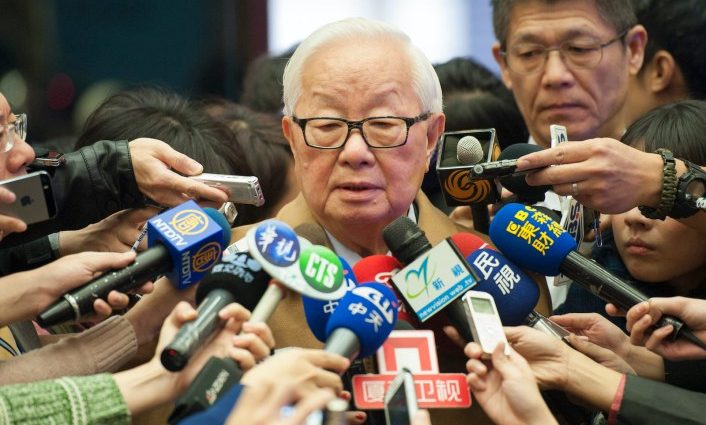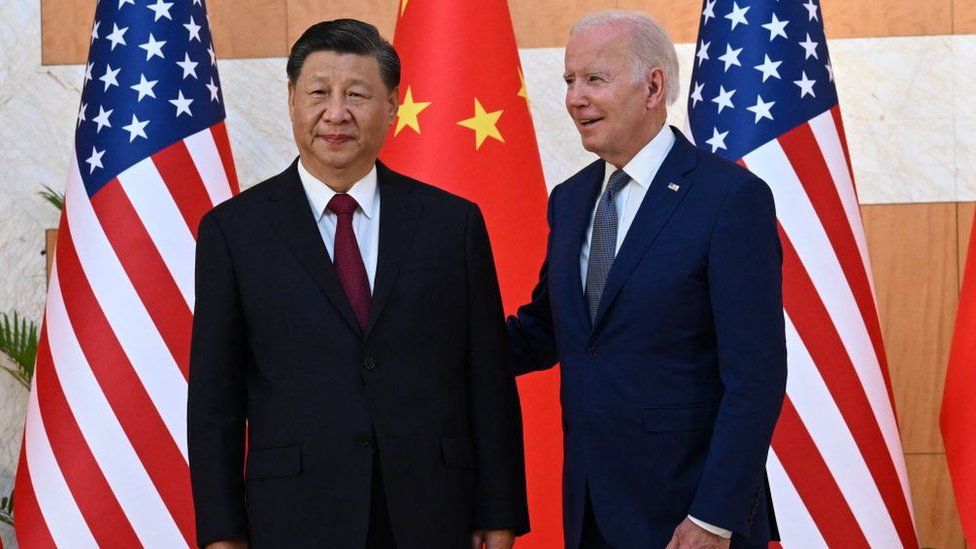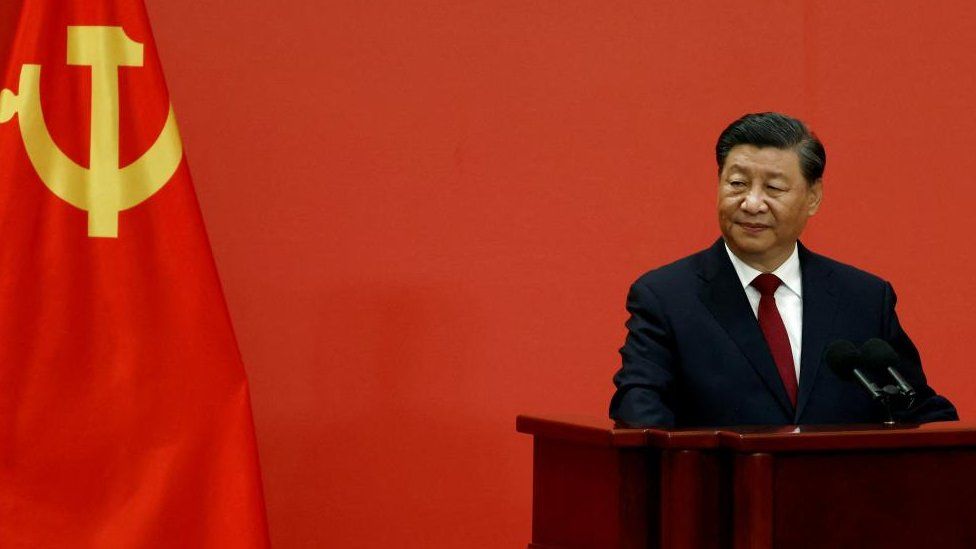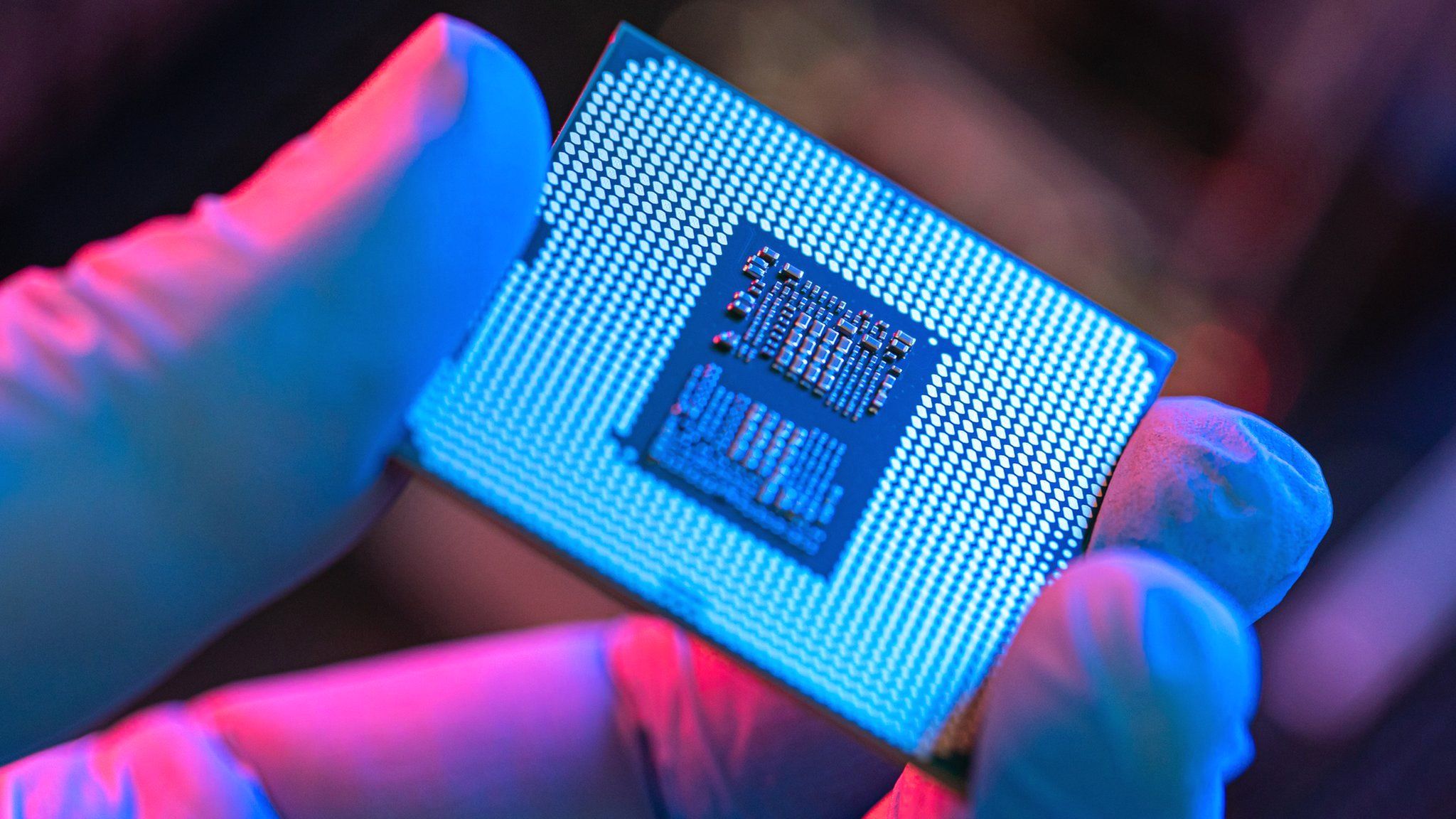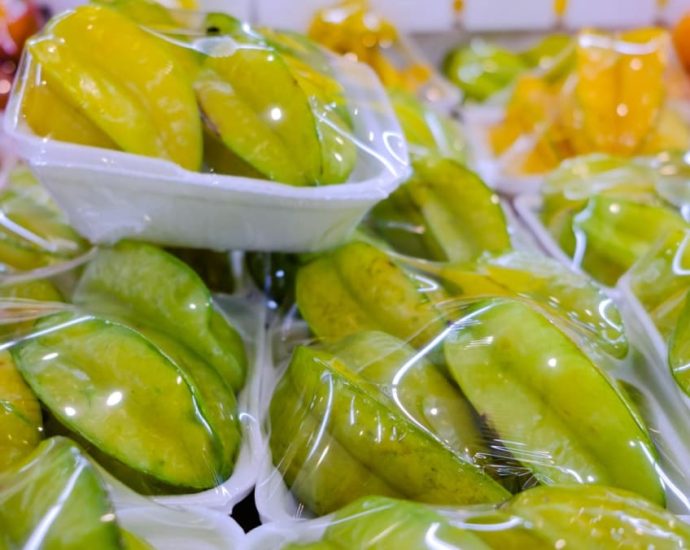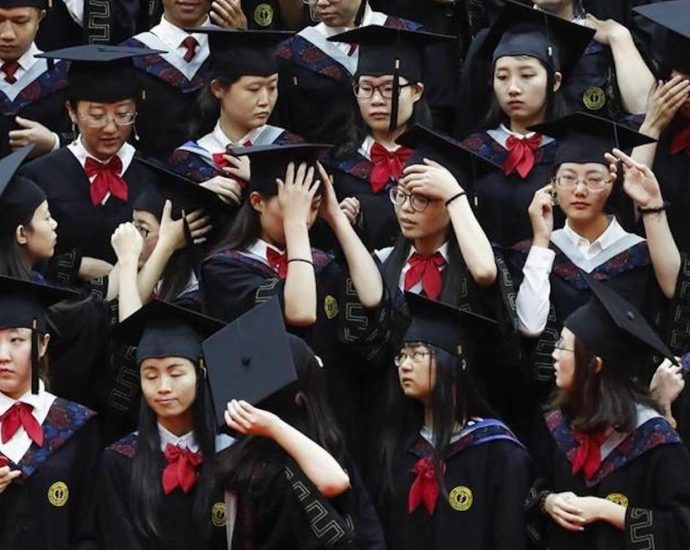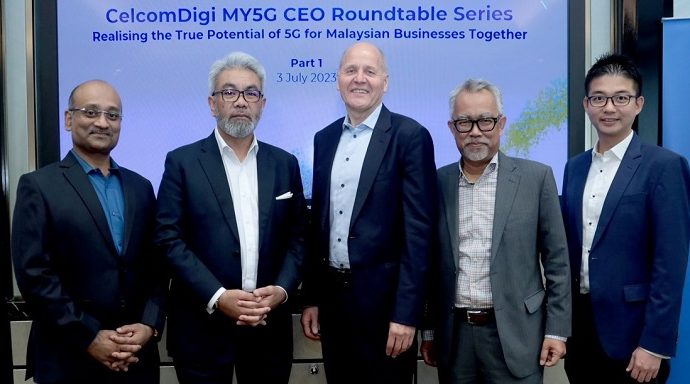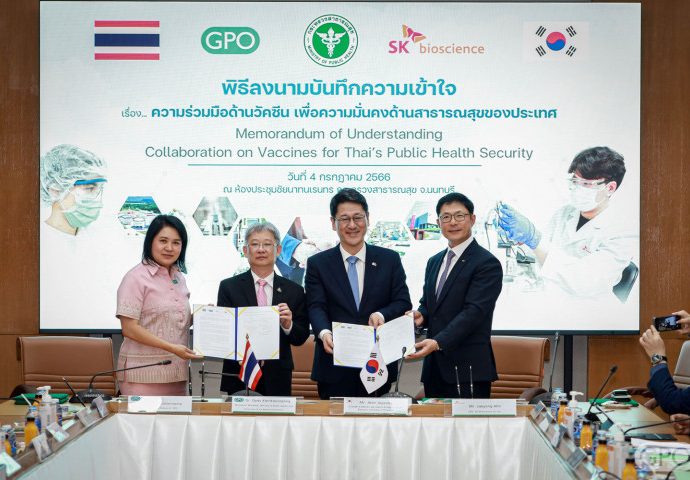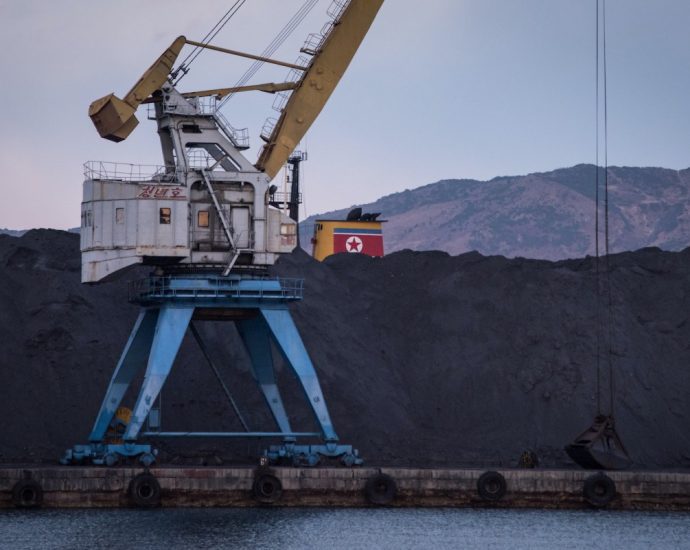Will Bidenâs âMade in Americaâ policy work?
“A nation can be transformed.” With those stately words, US President Joe Biden signed the Inflation Reduction Act (IRA) into law in August 2022.
Despite the fractured state of US partisan politics, the Democratic Party guided the largest energy subsidy in US history into being with a new national ethos for greening the economy while tilting global competition in the United States’ favor.
The IRA is part of a broader policy agenda with the CHIPS and Science Act that provides US$280 billion in federal funding for research and the fabrication of logic and memory chips inside the United States.
The Infrastructure Investment and Jobs Act also funneled $700 billion into electrification, renewable energy and digital infrastructure and has already funded 20,000 projects since 2021.
Understandably, there is some consternation over the market-distorting effects of Washington offering Beijing-style direct subsidies for those willing to bet on the Democrats’ “Make it in America” agenda.
While governments with cash to spend – like members of the European Union – have pledged their own net-zero industrial plans and chips subsidies, Asian leaders, like Indonesian President Joko Widodo, have hinted at trade remedies to protect Asia’s budding electric vehicle (EV) industry against unfair market practices abroad.
US industrial policy is not just transformative for the United States, but also for Asia, and intentionally so. The United States will subsidize hydrogen investments twice over: first for its production and again when it is used by energy-intensive industries across Asia, such as steel, aluminum, chemicals and heavy manufacturing.
Such double-sided stimuli will change the parity of competition against China and with allies and net importers of energy like India, Japan, South Korea and Vietnam. Carbon levies, currently under consideration, will also hamper exports from countries like Malaysia or Indonesia.
These subsidies also have some broader macro effects on Asia. While Trump-era tariffs created little or no jobs at home, the 2017 US tax reforms incentivized US multinationals to repatriate trillions from East Asia back into the domestic economy.

The IRA will funnel these profits into investments rather than shareholder dividends. The United States is already the largest recipient of foreign investments – thanks to its position as the world’s most productive economy by some margin – and the IRA will divert more capital from East Asia into the United States.
But the Biden administration’s industrial policy trifecta is not just an innovation moonshot of the 1960s. There is also an ideological shift – which National Security Adviser Jake Sullivan describes as the “new Washington consensus” – from a productivity-driven economic policy towards a statecraft-led one that aims to secure a comfortable lead over any rival on emerging technologies.
If US sanctions are designed to stop China from ever landing on the Sea of Tranquillity, the subsidies are the flipside of the same coin.
But today’s geostrategic competition is also a challenge different from that of the Cold War. Unlike the Soviet Union, China is deeply integrated into global production networks with well-diversified fiscal revenue. The United States would never be able to outspend it.
Nor is China the only rival. The puzzlement over whether electric vehicles from US allies – but commercial rivals – like Japan or Germany qualified for IRA tax credits showed how distinguishing allies and adversaries is a second-order priority for US legislators.
Other subsidies favor 5G equipment from a private consortium led by US cloud companies and Chinese military contractors – such as ZTE, Inspur, Phytium and H3C – over trusted South Korean and Nordic manufacturers like Samsung, Ericsson and Nokia.
But perhaps the most conspicuous plans pertain to moving the manufacturing of high-end processors and dynamic random-access memory chips to the United States.
The market leader, Taiwan Semiconductor Manufacturing Company (TSMC), estimates that the construction costs are likely to be at least four times higher than they would be in Taiwan due to skill shortages and administrative red tape. Its CEO, Morris Chang, candidly called the US effort to bring chipmaking home an “exercise in futility.”
Absent of commercial logic, such endeavors seem eerily similar to Beijing’s attempt at forced technology transfer, especially in light of US export controls towards South Korean and Taiwanese-owned microchip manufacturing plants in China.
Given such negative outlooks and global ramifications, it is an open question whether Biden’s gamble will pay off.
Many economists are negatively disposed to US industrial policy as markets inevitably make better informed and diversified bets on future technologies than government officials.
Postwar activist policies in Japan, South Korea and Taiwan were successful because they redirected scarce resources into sectors that held more long-term promise. They then ceased to be productive once the countries matured into dynamic market economies.

East Asian countries could shield their ministries from lawmakers and lobbyists representing special interests. Elsewhere, industrial policy is prone to failure in stakeholder systems like the United States or China, where lobbying has been elevated to performance art.
Auto bailouts, Cray supercomputers, solar panels and attempts to synthesize fuel from coal failed because the government supported unviable ideas or companies that were politically well-connected.
In contrast, innovations often labeled as successful – from the early breakthrough in semiconductor technology in the 1960s to Covid-19 vaccines – were not thanks to the White House betting on the right technology or company, but the results of broader support for scientific research.
In the coming decade, the United States will spend $100 billion annually on industrial support, a sum larger than the entire government expenditure of Singapore. While many programs will fail, a few projects may prolong US industrial pre-eminence, especially if the incentives are carefully designed to exploit Asia and Europe’s struggle with higher energy prices.
As Samuel Huntington said of the United States’ relative industrial decline against Japan back in 1988, “The United States is unlikely to decline so long as its public is periodically convinced that it is about to decline.”
Such aversion to defeatism – real or imagined – is indispensable in mobilizing the nation into something previously unthinkable, or even slightly un-American, like industrial policy.
Hosuk Lee-Makiyama is Director of the European Centre for International Political Economy and Senior Fellow of the Singapore Institute of International Affairs.
This article was originally published by East Asia Forum and is republished under a Creative Commons license.

